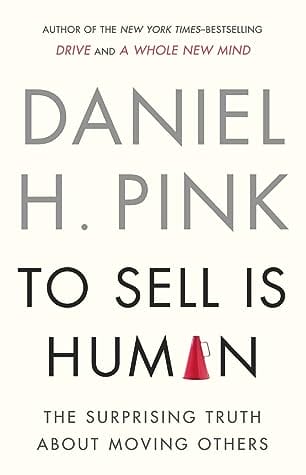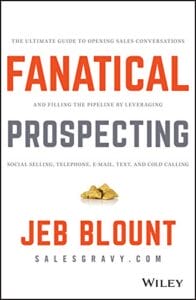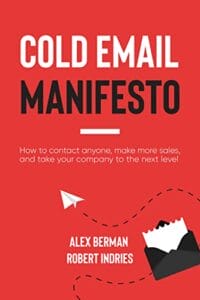What Is RPO?
RPO means Recruitment process outsourcing. It is a newer way for companies to access talent quickly by developing a long-term relationship with a specialized recruiting firm. To help you understand if RPO is right for your company, keep reading to learn more.
The best way to explain RPO is to contrast it with the conventional way of working with a recruitment service provider. For instance, a company’s Vice President of Sales leaves the organization for another opportunity at a different company. This development triggers hiring a new VP of Sales to keep the sales team focused. In this case, the company may reach out to Peak to support filling that position. Once the recruiting process is complete, the company and Peak go their separate ways.
In comparison, RPO is different in a few ways. First, recruitment process outsourcing is usually structured as an ongoing service relationship with multi-year agreements. Second, the scope of the relationship is often deeper. The recruiting provider offers more than identifying and qualifying potential job candidates (though that capability remains front and center). In the next section, we’ll cover why more companies are switching to RPO.
Why Are Companies Switching to RPO?
Unlike traditional recruiting, RPO is a long-term outsourcing relationship. There are several key benefits to adopting RPO.
Hire High-Quality Talent Faster
In today’s job market, unemployment has reached record lows: 3.7% as of August 2022.
Some industries are even lower: 3.2% in the information industry and 3.5% in business and professional services. This very low level of unemployment means employers are pursuing new methods to access talent.
The Society for Human Resource Management (SHRM) reports that some companies are reducing their background check processes in 2022 to access more talent.
In these conditions, the best job candidates have multiple options. A disorganized or long-drawn-out hiring process can cost you the best talent. With recruitment process outsourcing in place, you will have the edge over your competitors in hiring great talent.
Reduce Time Spent On Recruiting
Your managers and executives have multiple challenging responsibilities to fulfill each month. For example, we often hear that sales managers rarely have enough time to thoroughly coach their current employees as much as they would like. Given these limitations, it is unwise to waste management time meeting with poor fit job candidates. As an RPO firm discovers your preferences and optimizes its processes over time, companies get even better candidates.
Improved Company Reputation And Candidate Experience
Putting candidates thoroughly through a poorly thought out recruiting experience can hurt your company’s reputation. That reputational hit means disgruntled candidates may discourage others from working with you. This type of negative word of mouth can make hiring much more challenging. By adding RPO support to your organization, every hiring process quietly improves your company’s reputation.
Gain Advanced Job Market Insights
The job market is constantly changing. A few short years ago, working remotely was relatively uncommon. Today, significant flexibility has become a standard expectation for many professionals. By working with an RPO firm, your company gains up-to-minute insights about what candidates want. That feedback is invaluable in fine-tuning your compensation programs, employer brand, and other aspects of your talent management program.
Accelerate Your Key Human Resources Initiatives
Human resources professionals face growing demands on their limited time and resources today. For example, many HR professionals leads or provide critical support to their company’s diversity and inclusion (DEI) efforts. In addition, HR is also asked to lead employee engagement efforts and lead training programs. With all of these responsibilities in mind, HR needs a helping hand. When the human resources department is augmented through RPO, it frees up capacity to work on other initiatives.
Who Is Sales RPO For?
At Peak Sales Team RPO Search, we live and breathe sales. If you are looking to grow a sales team, we can help. Some of the industries we have deep expertise in include:
- B2B Software
- Software As A Service (SaaS)
- Professional Services
- Industrial and Manufacturing
- CleanTech, FinTech and Clean Tech
In terms of sales positions, Peak helps companies recruit across the sales spectrum starting with junior roles like sales development representatives (SDRs) all the way to sales executives.
What Is The RPO Process?
To customize the RPO process for your needs, we follow a four step methodology every time.
1. Understand Client Objectives
The entire process starts with asking the right questions about what YOU want. For example, some of the questions we typically ask include:
- What does your sales organization look like today? Where do you want to grow?
- What worked well in past hiring efforts? What’s not working effectively?
- What major company projects or initiatives are underway that require new sales talent?
2. Ideal Profiling
The next step of the process is to build a profile of the ideal sales candidates you are looking for. This process weaves together a focus on traditional sales skills and culture fit. A top performer who clashes with your company culture wouldn’t stay long and we aim for long term placements.
3. Targeted Search
Our sales recruiters are constantly meeting with sales professionals, managers and executives in multiple industries. That means we know far more about candidate capabilities than anyone could discover from browsing LinkedIn and other websites. The targeted search approach means companies only have interviews with the the best of the best.
4. Scientific Testing
While instinct and experience have significant value, our process is also balanced by using scientific methods. We verify the candidates background (including their sales achievements), use role playing and behavior interviewing techniques. All of these techniques give a deeper view in how a candidate approaches sales.
After going through these steps, we build a customized RPO offering tailored to your needs. It may include a targeted focus (e.g. recruiting for junior sales reps, sales talent for a specific office etc) or broader support.
How To Learn More About Applying RPO In Your Organization?
Adding recruitment process outsourcing to your company means faster access to talent and ultimately more revenue.
Contact us today to find out how RPO can help your sales team grow.




















